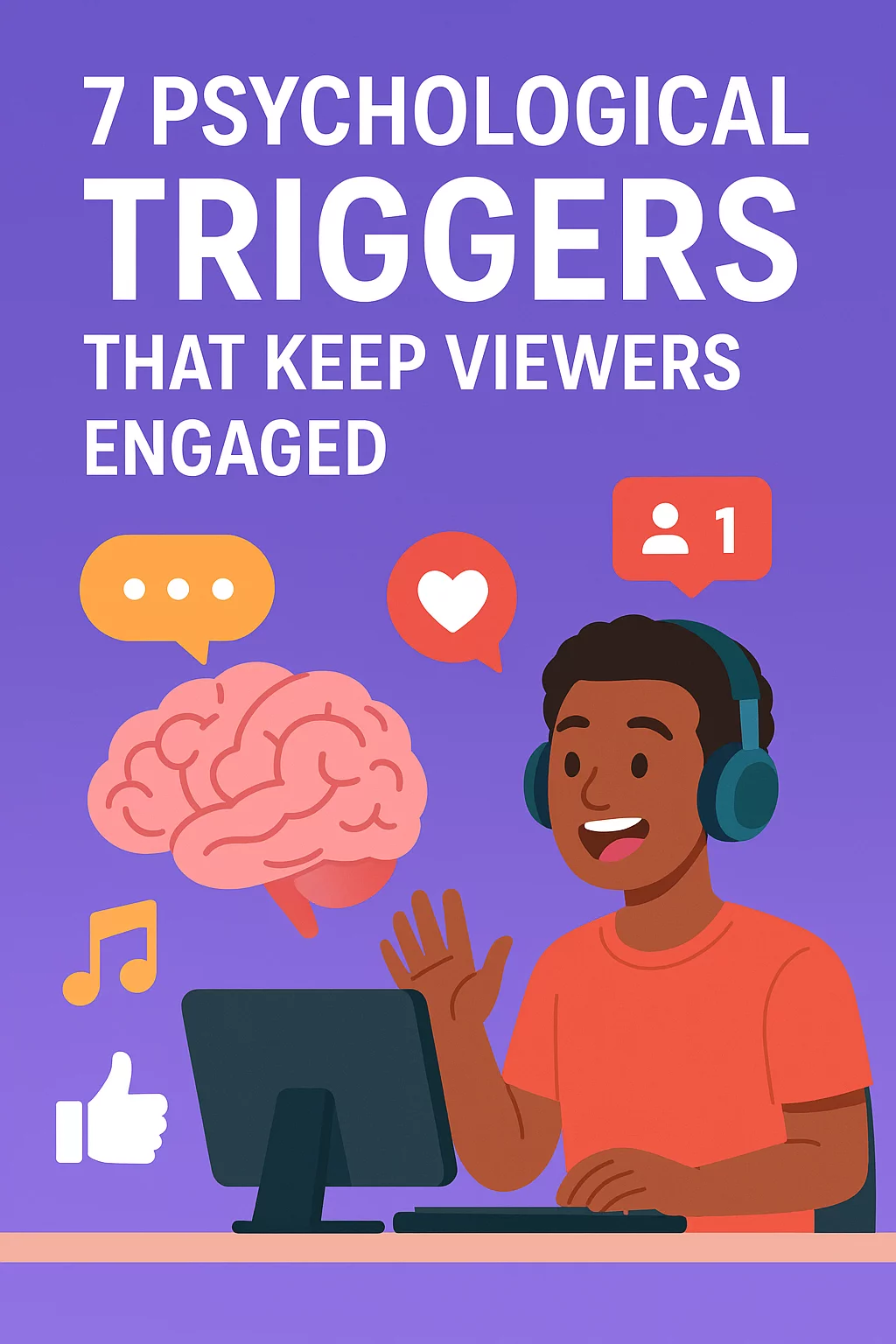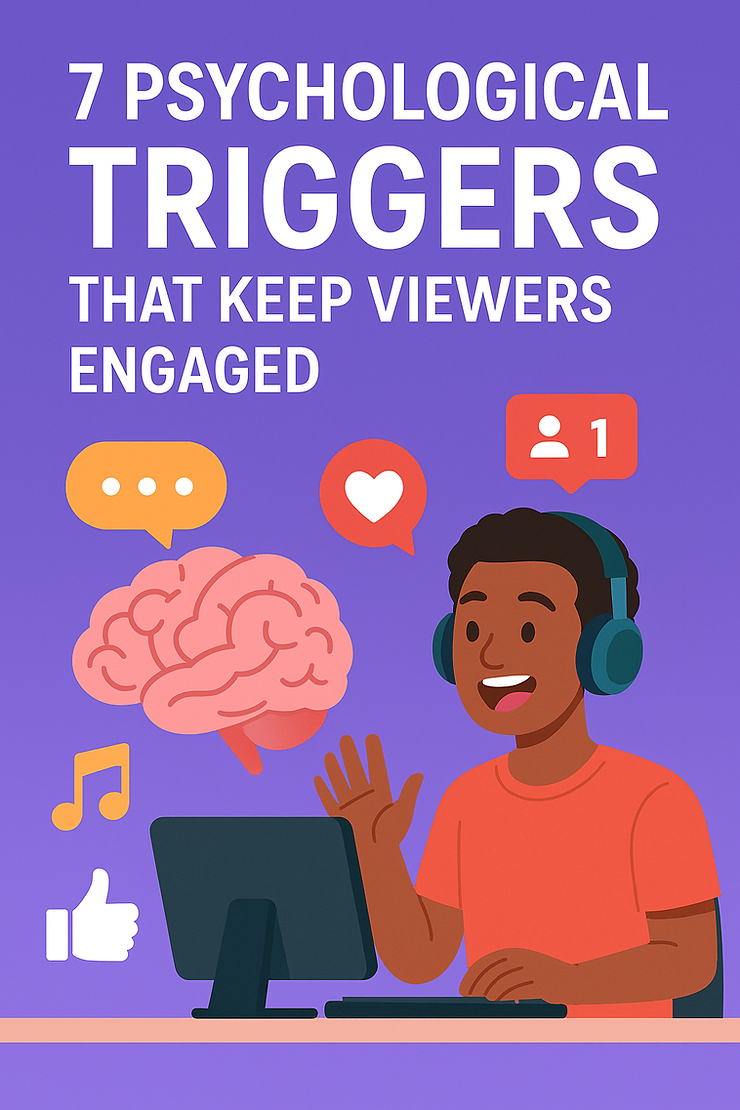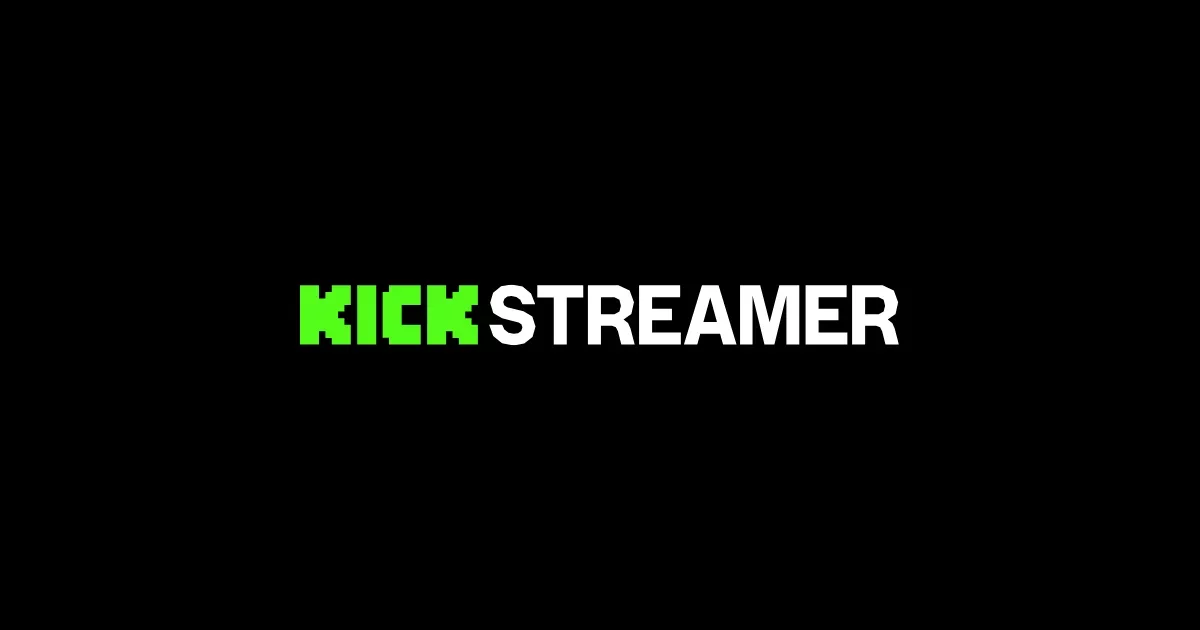The Psychology of Viewer Engagement: Why People Stay or Leave


Have you ever noticed how some streams can hook you in instantly while others make you go away within seconds? It’s not just luck. There’s real psychology behind why viewers choose to stay, leave, or become loyal fans.
As a streamer, understanding this isn’t just “nice to know”, it’s a superpower. Once you understand how viewers think and behave, you can structure your streams to naturally increase retention and engagement, without relying on gimmicks.
Let’s break down the key psychological factors that make viewers stick around (or bail early) 👇

🧠 1. The First 30 Seconds: Instant Impressions
Viewer behavior: People make snap decisions. In fact, most viewers decide whether to stay or leave in the first 30 seconds.
If your stream starts with silence, awkward waiting, or a confusing layout, the average viewer is gone before you even say “Hi.”
Why it matters:
The human brain is wired to filter out “low stimulation” quickly.
Platforms like Twitch and TikTok amplify this as algorithms push streams that hook viewers immediately.
How to use this:
Start streams with energy and clarity. Greet viewers confidently and jump into action right away.
Skip long “Starting Soon” screens (or keep them very short).
Use a quick hook at the start: a bold statement, a teaser for what’s coming, or a question to chat.
👉 Think like a TV show opening scene. You want viewers leaning in, not checking their phone.
🧠 2. Social Connection: People Stay for People
Viewer behavior: Many viewers watch streams for connection, not just content. Even if your gameplay or topic is interesting, most viewers will only stay if they like you or feel part of your community.
Why it matters:
Humans are social creatures. We crave belonging and recognition.
Streams that foster personal connection (through chat, shared jokes, rituals) keep viewers coming back.
How to use this:
Acknowledge viewers by name, especially new chatters. That tiny moment of recognition is powerful.
Create inside jokes or rituals that regulars can latch onto (e.g., greetings, sound effects, phrases).
Encourage viewers to talk to each other, not just you. That’s how communities form.
Pro tip: Use ai_licia as a chatbot to keep the conversation flowing during quiet moments. She can ask fun questions, respond to commands, or hype up chat when you’re focused on gameplay.
⏱ 3. Attention Span & Engagement Loops
Viewer behavior: Attention is fragile. Viewers constantly make subconscious decisions about whether to keep watching or click away.
Why it matters:
Your stream is competing with endless other content.
Without consistent “engagement loops,” viewers mentally check out.
How to use this:
Break your content into mini segments or “beats” (e.g., switching games, new challenges, Q&A breaks).
Keep a steady rhythm of interaction: chat questions, alerts, visual changes, or funny moments.
Use polls, chat games, or audience triggers to bring them back in every few minutes.
Think of it like tapping your viewer’s shoulder every so often to remind them, “Hey, this is fun, stay a bit longer.”
🧠 4. Emotional Resonance: People Remember How You Make Them Feel
Viewer behavior: People may come for the game or content, but they stay for how it makes them feel (entertained, relaxed, hyped, included, etc.)
Why it matters:
Emotion is what turns casual viewers into regulars.
Positive emotional experiences = loyalty.
How to use this:
Be intentional about the vibe you create. Are you aiming for cozy, chaotic, competitive, or comedic?
Match your energy and language to that vibe consistently.
React authentically to what happens like big moments, fails, wins, chat messages. Viewers mirror your emotional cues.
Pro streamers are masters at emotional pacing, they create spikes of excitement and moments of calm to keep viewers emotionally invested.
🚪 5. Clarity & Context: Viewers Leave When They’re Confused
Viewer behavior: New viewers often pop in mid-stream. If they can’t quickly figure out what’s going on, they leave.
Why it matters:
Confusion = cognitive friction = drop-off.
This happens a lot in gameplay streams where viewers join mid-match with no explanation.
How to use this:
Narrate what’s happening, especially when new people join. (“Alright chat, here’s what we’re doing right now…”).
Use on-screen text or overlays to explain challenges, goals, or current segments.
Occasionally reintroduce yourself and the stream for new joiners. Keep it short, casual, and clear.
It’s like walking into a party halfway through, if no one tells you what’s going on, you’re leaving.
🧭 6. Predictability + Surprise = Retention Gold
Viewer behavior: People like to know what to expect but they also crave moments of surprise.
Why it matters:
Predictable structure builds trust.
Surprises keep viewers emotionally engaged and curious.
How to use this:
Stream on a consistent schedule so people can plan to show up.
Have a format (e.g., intro → gameplay → segment → outro) that regulars get used to.
Sprinkle in unexpected moments like funny alerts, random challenges, AI character appearances (like Freddy Krueger through ai_licia 😈), or surprise guests.
The sweet spot is familiar structure + occasional “wow” moments.
📈 7. Feedback Loops & Recognition
Viewer behavior: People love to see their presence matter. If chat messages disappear into a void, viewers disengage.
Why it matters:
Recognition = validation = increased participation.
Active chat increases discoverability on most platforms, creating a positive loop.
How to use this:
Respond to chat often, even if it’s just a quick nod or laugh.
Highlight community contributions (subs, raids, funny comments, fan art).
Use features like TTS (text-to-speech) or chat commands via ai_licia to make viewer messages part of the show.
The more viewers feel seen, the more they’ll stick around and bring others with them.
🧠 Final Thoughts
Understanding viewer psychology isn’t about manipulating people, it’s about creating better experiences. When you align your stream with how viewers naturally think and behave, engagement happens almost effortlessly.
To recap:
First impressions matter so start strong.
Build connection, not just content.
Keep engagement loops active.
Create emotional moments.
Make your stream clear, structured, and occasionally surprising.
Recognize your viewers often.
The difference between a stream that viewers click away from and one they stay for hours in often comes down to these subtle psychological cues.
Master them, and you’re not just entertaining, you’re building something people want to be part of. 🫶


